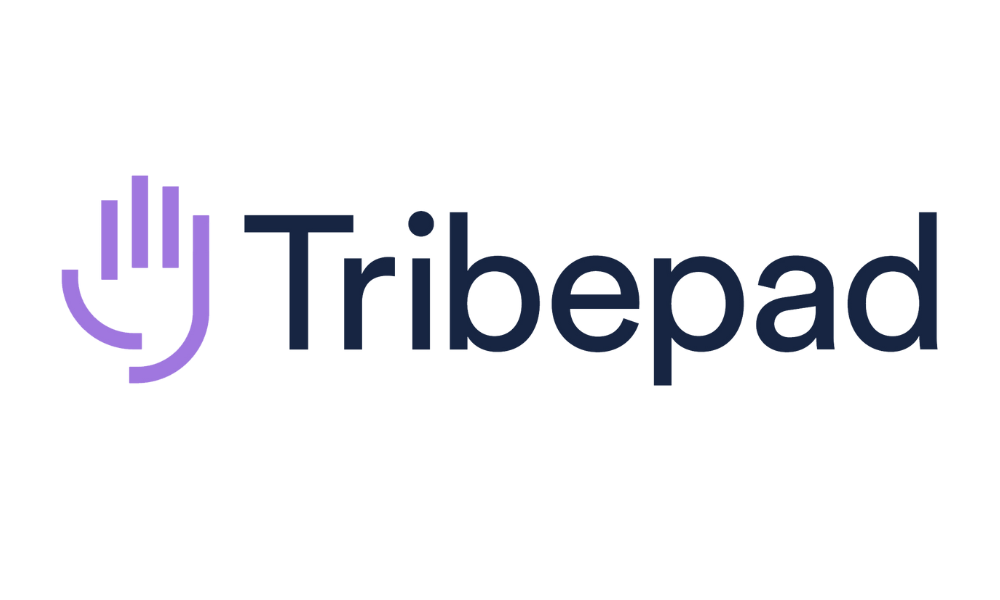56% of recruiters say their biggest recruitment bottleneck is hiring managers moving candidates through hiring stages. And 43% say it’s hiring managers reviewing CVs too slowly. The fact is, hiring managers cause bottlenecks that slow your time-to-hire – and in today’s hiring landscape, that’s an unaffordable speed restriction. It means losing the best people to competitors; keeping roles open longer; spending more on recruitment. It also hurts your employer brand and makes recruitment incrementally harder every time it happens.
How your hiring managers engage with your ATS plays a massive part. If your hiring managers are reluctant or slow to use your ATS, it’ll have a huge knock-on impact on your hiring cycle. If they’re using your ATS wrong or refusing to use it – emailing CV feedback instead, for instance, or accepting rogue CVs from agencies – you’ll be stuck with time-consuming rework to keep your processes tidy (or a large unnecessary agency bill). And worse, the subsequent inaccuracies in your recruitment reporting hurts your ability to spot efficiencies and drive improvements across the recruitment function.
Let’s talk about some tactics to get your hiring managers on-side, improving ATS adoption and accelerating time-to-hire.
1 – Boost Engagement with Recruitment
Maybe it’s not your ATS your hiring managers don’t like; maybe it’s you. Well, not really you. But recruitment as a function.
There are heaps of reasons hiring managers are sceptical about recruitment. In many organisations, the relationship has historically been very strained, with mismatched expectations and frustrations on both sides.
For example, 63% of hiring managers feel recruiters don’t understand the jobs you recruit for. If that’s how your managers feel, they’ll hardly feel motivated to hurry up and review CVs.
Simon Pollen, Strategic Resourcing and Talent Acquisition Manager at Richmond & Wandsworth Councils, talks about how creating alignment is the key to true progress: “Better engagement produces confidence, partnership and ultimately, improvements”.
Tactics that’ve worked for Simon’s team include mandatory weekly recruitment workshops for hiring managers, recruitment process walkthroughs and post-hire evaluation forms to measure and drive improvements. Engagement for hiring managers rests above all on education: education about what recruitment involves, what process to follow, who’s accountable when, why your process matters, and the consequences of going rogue.
Help managers understand you’re not insisting on ‘your way’ just because, but because it’s a proven, considered process designed to deliver the best hiring outcomes.
2 – Choose an ATS That’s Easy-to-Use
Increasing hiring manager adoption is waaaay easier if you’re using technology that’s intuitive and easy-to-use. The bigger the learning curve, the less adoption you’ll typically have from managers.
What feels simple to you mightn’t to hiring managers, who use your ATS much less frequently. For optimum adoption, you need an ATS that managers can pick up fast and easily, after weeks or months or never having used it before.
Recruiters are (rightfully) laser-focused on improving the candidate experience – but improving the hiring manager experience is equally important. If not more so, because the candidate experience hinges on hiring managers being efficient and engaged with recruitment.
You’ll also want technology that automates as much as possible and ideally centralises every element of your recruitment function. For instance, if you’re using video interviewing as well as an ATS, integrations are important so your hiring managers don’t have to toggle between interfaces.
Reduce the steps you need hiring managers to take and the number of platforms/technologies/dashboards they have to interact with. They’ll be much more likely to engage the simpler your process.
3 – Train Managers Upfront and Make Continuous Support Available
Let’s say your ATS isn’t the easiest-to-use but you’re not looking to invest into new tech right now (or maybe you are but you haven’t got buy-in or budget yet). How do you make the best of what you’ve got, and drive hiring manager adoption right now?
The key is investing time in training. If managers aren’t confident using your ATS, ATS tasks will fall right to the bottom of their to-do. Ideally your ATS will come with training guides and embedded platform training to ease the burden your side. If not, create training resource managers can refer back to, like a short video walkthrough.
Hiring managers should also have continuous support at hand, if they’ve got questions or issues.
Again, ideally that support will come externally – either from your ATS provider’s support team (provided they’re accessible and speedy) or from an anytime, anywhere training library. If not, you’ll need support resources internally so you don’t leave hiring managers high and dry.
… And whatever your training and support set-up, make sure your hiring managers know about it! If they don’t know where to turn, the problem is likely to end up on the backburner, and your candidates too.
4 – Create Accountability
Hiring manager ATS adoption isn’t a nice-to-have. It’s business-critical, to make the right hires and ultimately support the business’ overarching goals. So, just like any other crucial imperative that impacts top-level metrics like revenue and profitability, create accountability.
This might represent some pretty big changes, depending where you’re at now and how recruitment is seen within the business. If so, you’ll need to secure buy-in and sponsorship at C-suite level to help drive change.
Accountability is a cycle that looks like:
- Assessing where you are now and where you want to be
- Setting sensible KPIs for hiring managers around ATS adoption
- Communicating KPIs to hiring managers and getting their input
- Tracking manager performance identifying improvement areas
- Inviting managers to feed-back to recruiters and input into process
- Taking managers’ recruitment performance into account in reviews
- Recognising and rewarding managers with fantastic adoption
- Supporting managers to improve where needed
If driving hiring manager adoption of your ATS is a priority – and it definitely should be – are you treating it like a priority? Do you have appropriate reporting that can drill into individual and team performance? Can you understand exactly who’s struggling and who’s excelling, to act accordingly? Does your ATS have built-in automations like prompts and feedback requests to increase manager engagement effortlessly?
You might own recruitment, but you’ll always be wading through mud if your hiring managers aren’t on-side. Successful recruitment delivery – and the better business outcomes that come with it – hinges on hiring managers who’re engaged with your tools and processes. Follow these four pointers and you’ll see an uptick in manager adoption of your ATS – and an uptick in time-to-hire too.
Tribepad is the easiest-to-use enterprise talent acquisition suite, bringing Core ATS + CRM together with optional Onboarding, Video Interviewing and Contractor Management (Flex). Used by 25-million people in 16 languages, Tribepad empowers organisations to build powerfully straightforward experiences that transform their recruitment.
Partner
Tribepad is a specialist talent acquisition software provider, serving some of the UK’s best known organisations including the BBC, Tesco, and The Church of England. Tribepad’s Applicant Tracking System, Video Interviewing, Onboarding and Freelance Management solutions are used by more than 21 million people, in 15 languages worldwide.






